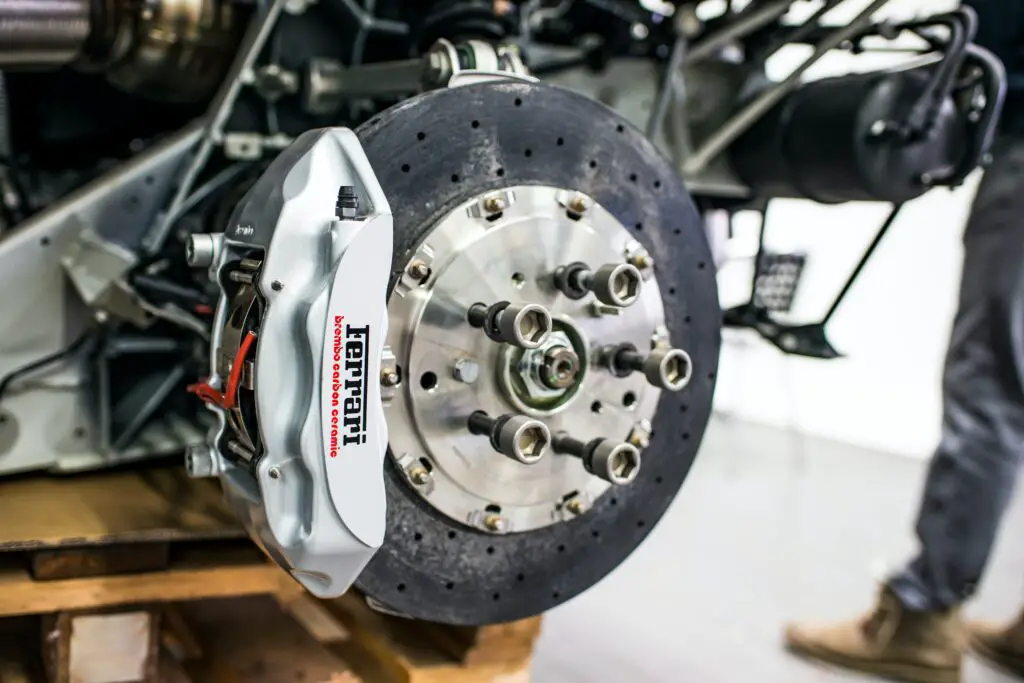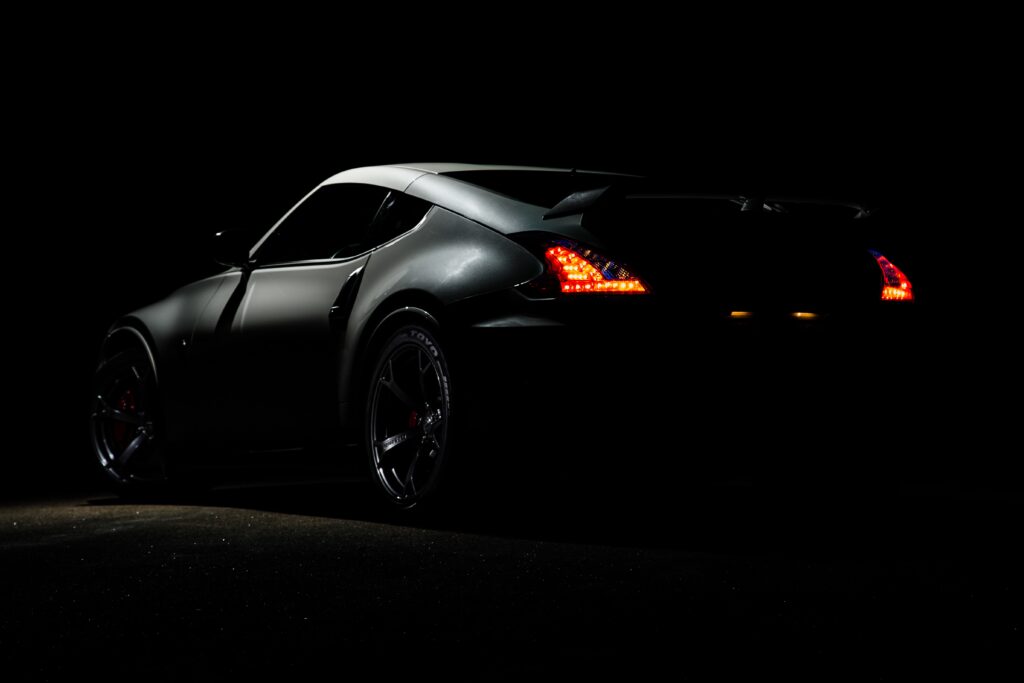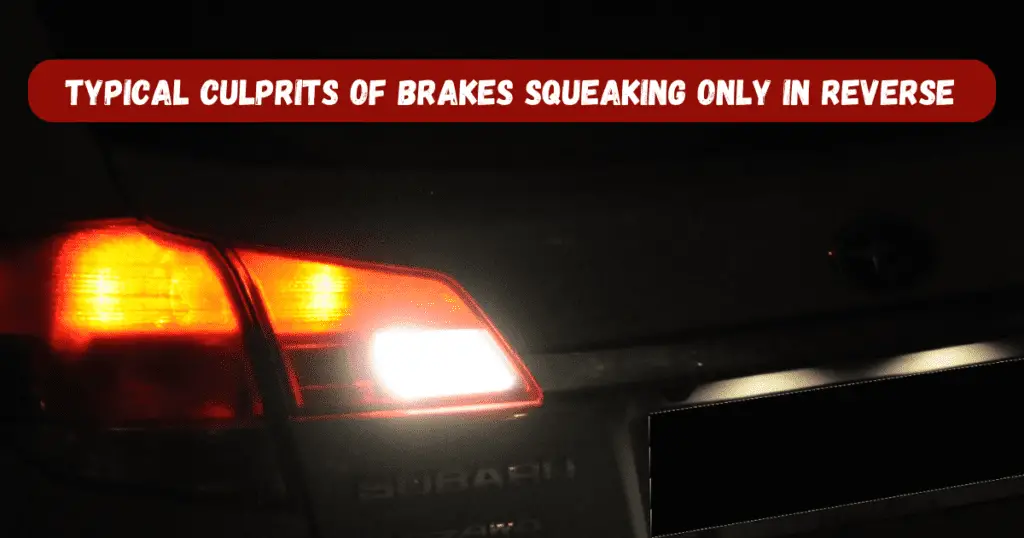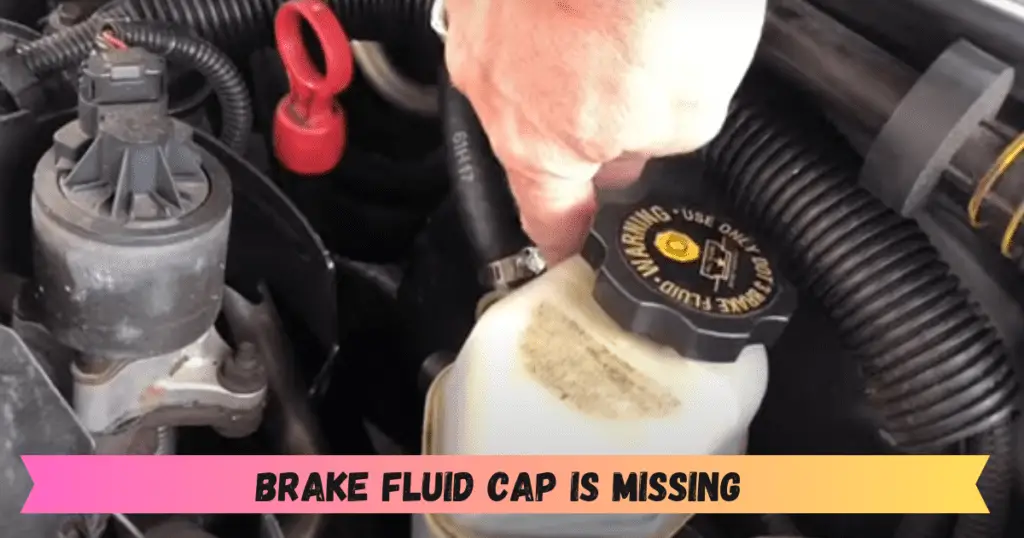Can worn brake pads cause abs light to come on? That dreaded ABS light comes on and your first thought isn’t worn brake pads. But could overly talkative thin pads be tattling to the ABS? Let’s explore what makes the ABS light go stool pigeon and how yapping brake pads could potentially rat you out.
The ABS is designed to prevent wheel lockup during hard braking. Like a playground monitor, it keeps a close eye on all the rotating “children” aka wheel speeds. At the first sign of perceived trouble, it comes running to intervene with brake pulsing.
This meddlesome monitoring requires closely programmed vigilance. Anything altering wheel speed data – even squealing brake pads – can set off its sensitive surveillance alarms in the form of dash warning lights.
While pad wear isn’t the most common ABS activator, under certain circumstances it can become a nagging nuisance input. Let’s look at all the tattletales that trigger the ABS light.
What is ABS?
ABS, or anti-lock braking system, is an automotive safety system that prevents wheels from locking up and skidding during hard braking situations. It works by constantly monitoring wheel rotational speed via the ABS wheel speed sensors when brakes are applied. When it detects a wheel at the point of impending lockup from excessive braking pressure, the ABS electronic control unit actuates a hydraulic valve system to relieve and reapply braking pressure to that wheel in rapid cycles.
This pulses the brakes up to 15 times per second to keep the wheels turning with traction instead of skidding uncontrollably. The pulsing brake pedal feedback provides the driver steering control through a panic stop. ABS either pumps a separate hydraulic brake circuit using an accumulator and pump or actuates the regular brakes via solenoids shutting flow on and off.
By maintaining wheel rotation even during threshold braking, ABS prevents dangerous skids and allows maximum braking force and steering maneuverability when emergency stops are required. Now when you completely understand what is ABS take a look at Can Worn Brake Pads Cause Abs Light To Come On?
Usual Suspects for ABS Light Coming
The prime culprits setting off ABS dash light marking include:
Defective Wheel Speed Sensors
These electro-mechanical snitches monitor wheel rotation rates, ratting out changes. If electrical or mechanical flaws develop, inaccurate wheel data gets sent, activating ABS.
Detached Sensor Wiring
Unplugged sensor connectors or damaged wire insulation allows interference triggering incorrect ABS activation. Proper connections keep data truthful.
Brake Fluid Issues
Leaks or aeration reducing hydraulic pressure confuses ABS computers, making them falsely think wheels are slipping when they aren’t.
Mechanical Binding
Sticking calipers, misaligned pads, or warped rotors alter wheel speeds randomly, again confusing ABS module data inputs.
So you can see there are a few typical troublemakers known for spinning ABS warning light tall tales. Now, let’s look at whether overly vocal worn brake pads could also be gossiping falsehoods.
Can Noisy Brakes Accidentally Turn On the ABS?
Worn “squeaky wheel” brake pads can potentially rat out your ABS through a couple of scenarios:
Altered Wheel Speed Signal
Thinned, tapering wear on pads can change rotor runout and speed input data just enough to cross ABS trip thresholds, initiating warning lights.
Vibration False Alarms
Excessive pad vibration against the rotor from wear mimics wheel lockup vibration to ABS sensors, making the system react as if a skid is occurring.
So in essence, the sensors think flaky pads are lying about wheel slippage. This false witness sets the ABS busybody into corrective action, believing something unsafe is brewing.
What Happens When the ABS Kicks In for No Reason?
While not an emergency, phantom ABS triggering does cause some concerns:
Reduced Braking Effectiveness
Repeated ABS activation during normal braking initially lowers pad-rotor friction as pressures pulse, lengthening the stopping distance.
Premature Component Wear
Unnecessary ABS cycling wears out pump motors, accumulators, fuse packs, and hydraulic valves faster. Like an idle gossip, it’s needless wear and tear.
Driver Alarm and Distrust
Motorists confronted with an illuminated ABS light constantly may come to distrust actual ABS activation when needed, tempting improper pumping of brakes.
So don’t let worn components feed faulty data to ABS systems. Track down and muzzle any blabbering brakes.
How to Tell if Loud Brake Pads Are Tricking the ABS
To determine if worn pads are needlessly tattling to ABS, carefully analyze:
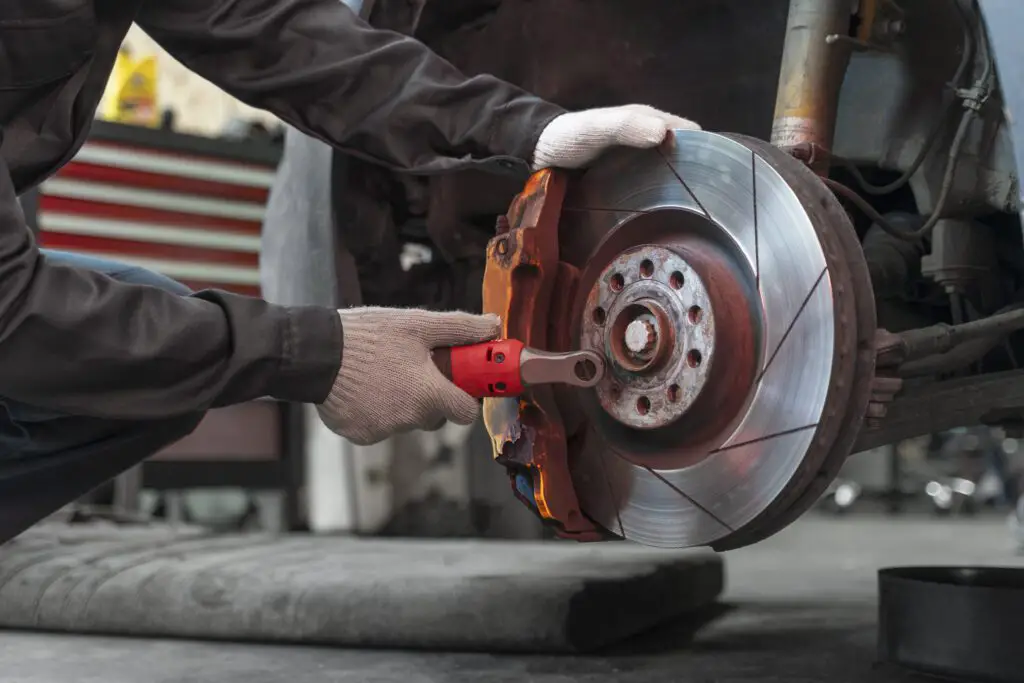
- Wheel speed sensor data for any deviation between wheels indicating pad variance
- Pad thickness by mechanical measurements or wear tabs if available
- Rotor runout specs compared to the manufacturer’s maximum thickness variation allowed
- ABS activation patterns – under braking, acceleration, or turning
- Scoping inside brake assemblies for debris and binding
Methodically isolate if pads are altering data just enough for ABS to react. Target the real problem maker to avoid disabling protection.
Quieting the Distracting Chatter of Worn Brakes
If worn pads are indeed rattling off false info, a minor brake intervention recoups quiet ABS function:
Replacement Pads
New, evenly bedded pads eliminate taper wear altering rotor runout specs for more uniform speed signals.
Resurfaced Rotors
Lightly resurfacing pads and rotors provide a fresh friction couple free of grooves causing vibration noise.
Anti-Squeal Shims
Installing insulated pad backing shims blocks the transmission of vibration that mimics wheel lockup Judder.
Debris Removal
Thorough cleaning removes particles lodged in pad edges contributing to both altered wear rates and shuddering.
With fresh, clean hardware, the brakes will stop dishing dirt to ABS. Then the ABS in turn keeps off the tale-telling!
Being Proactive to Prevent Brake Noise from Fooling the ABS
The savviest defense against worn components spreading fake news to ABS modules is attentive inspections and care. Here are some key strategies to clarify that Can Worn Brake Pads Cause Abs Light To Come On?:
- Monitor pad thickness regularly and replace early or evenly as a full axle set. Uneven wear begets gossip.
- Inspect sensor wiring for damage often. Listen for any whispers of misinformation.
- Address intermittent ABS activation immediately to determine the source. Don’t let it linger.
- Follow proper rotor resurfacing specs and pad conditioning protocol for smooth reliable break-in.
With vigilant monitoring of braking hardware and prompt replacement when thresholds are crossed, you can curb component prattling that sets off ABS. A well-maintained system stays silent and attentive to actual hazards. Want more in-depth information check this Can Worn Brake Pads Cause ABS Light To Come On?
Don’t Let Worn Parts Cry Wolf to ABS Units
While not the most common cause of Can Worn Brake Pads Cause ABS light To Come On?, thinning pads and developing rotor grooves can instigate enough brake gossip to trigger false ABS alarms. With age and use, pad wear tolerances get pushed to their tattling limits. Nip brake noises, tapering wear, and contamination in the bud promptly. Then your ABS can save the drama for actual emergencies, letting you focus on safe composed driving without annoying dashboard instigators.
Frequently Asked Questions
Can worn brake pads affect ABS?
Yes, worn pads can potentially affect ABS function. Tapered pad wear and uneven rotor deposits can alter wheel speed sensor data just enough to cross ABS activation thresholds, triggering the light.
What causes the ABS brake light to come on?
The main triggers are faulty wheel speed sensors, detached sensor wiring, low brake fluid, mechanical binding brakes, and worn components like pads altering wheel speed data.
Can bad brake fluid cause ABS light?
Yes, contaminated or incorrect brake fluid can deposit a film on the internal ABS valve and pump components, interfering with proper hydraulics and again confusing the ABS computer.
How do you tell if your brake pads are worn?
Indicators include high-pitched squeaking, excess vibration, illumination of the pad wear indicator light, visibly thin pads, and rotor damage from pad material loss.
Does ABS apply every time you brake?
No, the ABS hydraulic control unit only actuates during detected imminent wheel lockup to prevent uncontrolled skidding, not general braking. Hard threshold braking is required to activate it.
Can hard braking damage ABS?
Excessively frequent hard ABS stop cycles do wear pump components faster. But the system is designed for repeated hard stops. Lack of proper maintenance causes more damage over time.
Is it OK to drive with the ABS light on?
Driving with an illuminated ABS light is not an imminent hazard, but should be diagnosed and corrected promptly to restore maximum braking effectiveness in emergencies.
Does ABS pump your brakes?
Yes, during detected wheel lockup the ABS unit cycles hydraulic pressure rapidly to prevent frictional lockup and allow dynamic steering control during hard stops above threshold levels.

